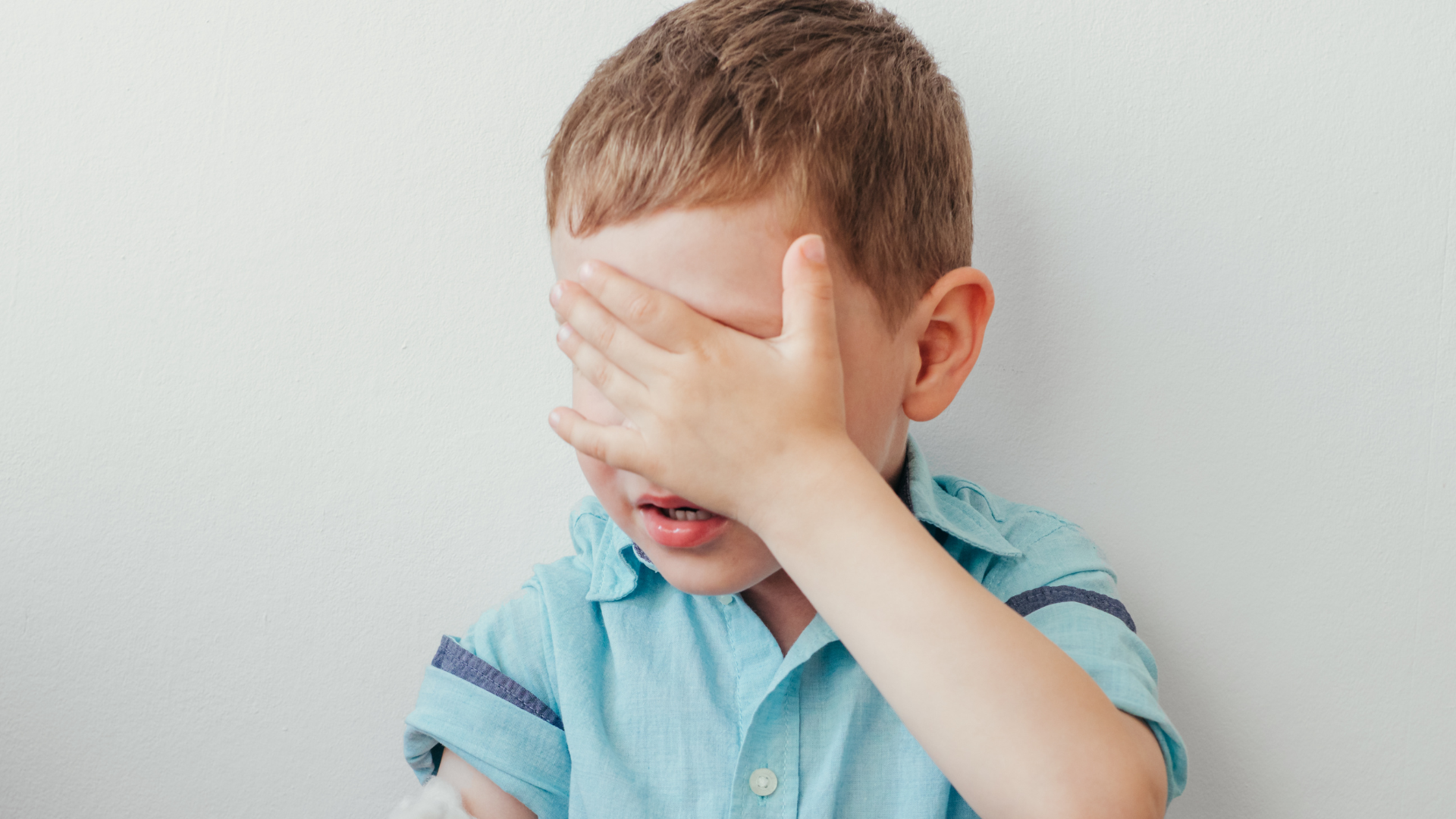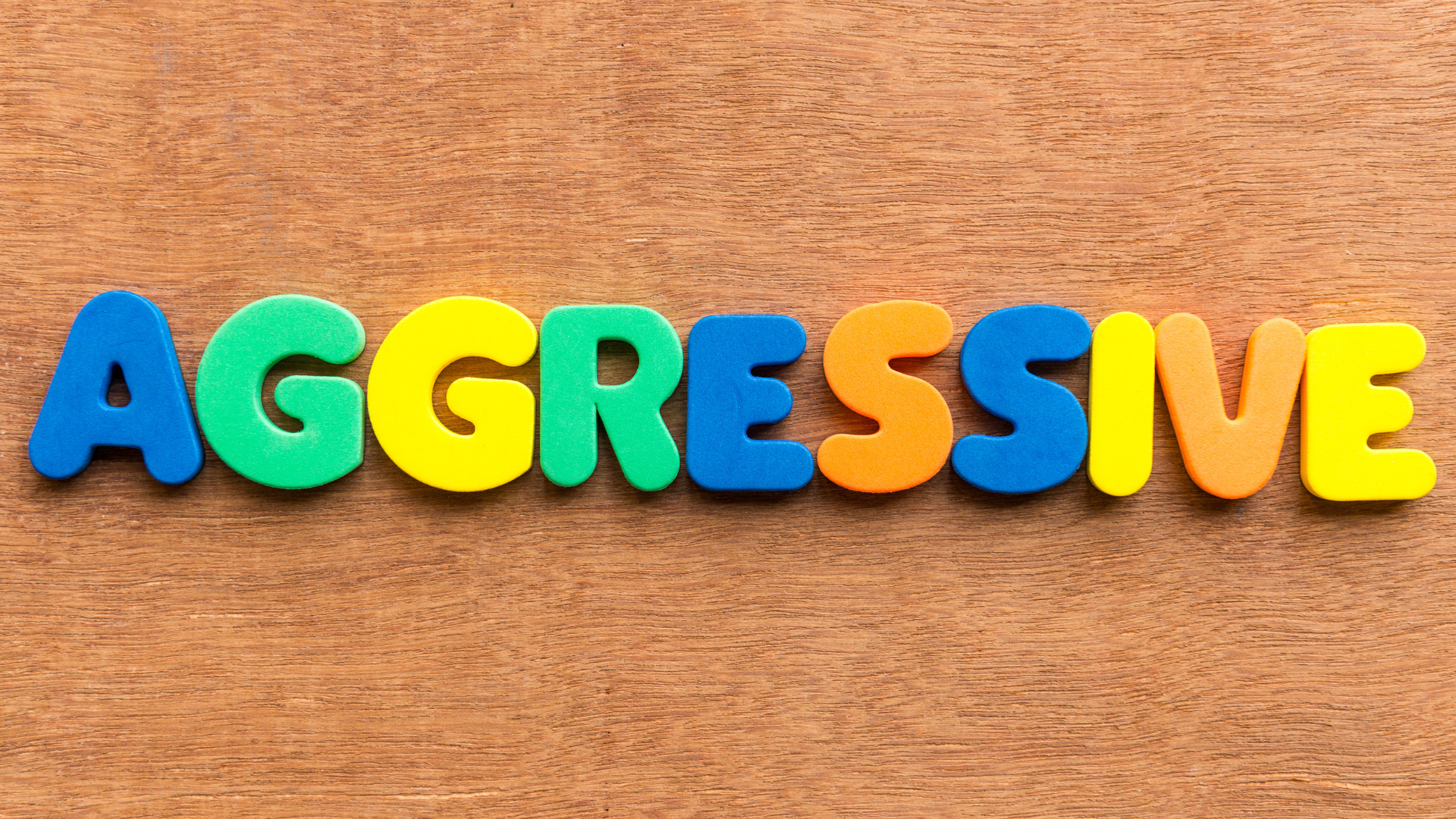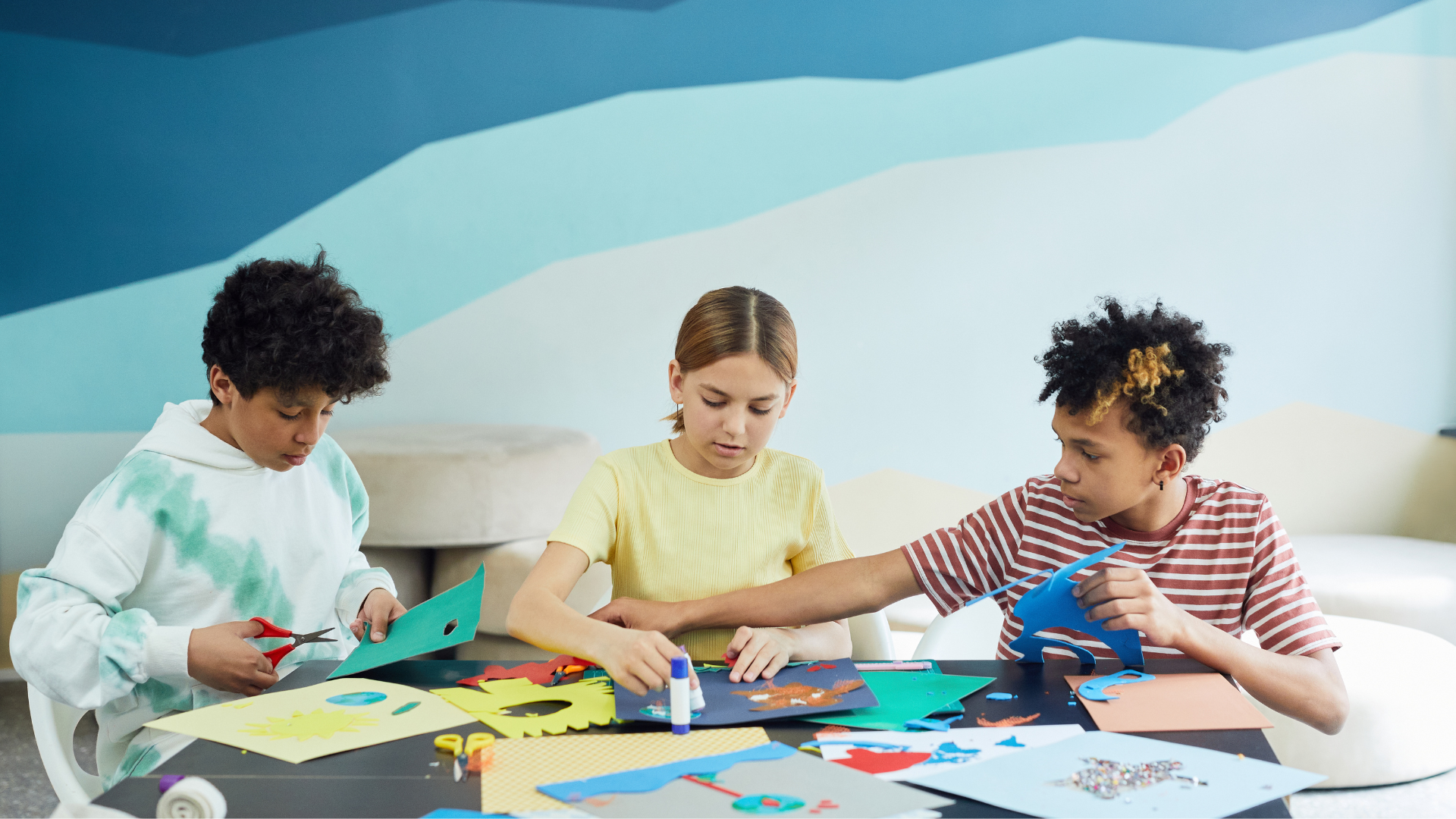A Parental guide to the 4 Temperaments…
The four temperaments, Popular Yellow, Powerful Red, Peaceful Green and Perfect Blue, each has strong and weak points in adults as well as in children. While all the temperaments are equally important in life, it is necessary to work on each temperament’s weak points and build on the strong ones.
The result will be that you will have a child that is more balanced, and who is able to sustain healthy relationships from a very young age. Be careful to never use anyone’s weak points against them and to not try and change someone’s temperament.
According to Lynette Beer’s book The Windows to Your Personality
the following are each temperament’s major weak points, fears and depression triggers:
Popular Yellow
Natural Weak Qualities:
Unorganised and undisciplined.
Do not remember names or details.
Like to exaggerate.
Become depressed when:
Life is not enough fun
Fears:
Being unpopular or bored.
Structured routine.
Do not like these people:
Those who criticise and do not react to their humour.
Can improve if:
They become organised and learn to watch the time.
Reaction to stress:
Leave the scene
Find something fun to do
Find excuses
Powerful Red
Natural Weak Qualities:
Too bossy and insensitive
Impatient
Become depressed when:
Things are beyond their control and people do not want what they want.
Fears:
Losing control of anything
Do not like these people:
Lazy people who are not interested in their work and evade their duties
Can improve if:
Others are also allowed to make decisions and they learn to be more patient.
Reaction to stress:
Work harder
Dispose of the offender
Peaceful Green
Natural Weak Qualities:
Unable to decide
Lack of enthusiasm and energy
An inner will of steel.
Become depressed when:
When there is too much conflict
People are not helpful
Fears:
To discuss personal problems
To take the blame
To make great changes
Do not like these people:
Who are pushy or loud or who expect too much from them.
Can improve if:
They are willing to do more
Finish tasks more quickly
Reaction to stress:
Hide
Watch TV
Eat
Perfect Blue
Natural Weak Qualities:
Don’t trust others
See the negative side of things first
Focus too much on detail
Become depressed when:
When their routines and schedules are not adhered too
If it looks like others are not paying attention
When they can’t meet their own standards.
Fears:
That people do not understand how they really feel
To make a mistake;
Do not like these people:
Forgetful,
Latecomers,
Who are unorganised and unpredictable.
Can improve if:
They are not quite so serious about life and do not insist that everyone must be a perfectionist.
Reaction to stress:
They withdraw
Become depressed
Give up and analyse problems repeatedly
How does each temperament relate to children?
Popular Yellow
Well, they usually get along very well with children because of their love of life, their optimism and good sense of humour.
Yellow Parents with Yellow children
Because discipline and responsibility are not strong points of either party they need to pay special attention to this. Be careful that you do not compete with your child to be the centre of attraction with their friends during their teenage years.
Yellow Parents with Red children
They share an optimistic outlook on life and the recognition and achievement of goals. Be careful... Red children will fight to have their way and Yellow parents will give in to avoid conflict. Parents must realise that they will not always be popular with their Red children, but they have to be firm otherwise the roles will be reversed.
Yellow Parents with Green children
They share a pleasant and comfortable atmosphere. Always remember your Peaceful Green child will not become excited about the things that you find exciting in life. Encourage them, but in a calm and loving manner, because they will withdraw if you apply pressure. Try to set an example of being organised for your child as both temperaments tend to be a bit disorganised.
Yellow Parents with Blue children
They share a creative artistic world. Although there is a vast difference, there can be a good relationship. But, do not expect them to be as enthusiastic as you are. Be calm and listen to them. Always confirm that anything is possible. Encourage them all the time and give them space and silence to recharge. Respect their need for perfectionism.
Powerful Red
Red parents with Yellow children
They share an optimistic outlook on life. Both are extroverts and your Yellow children will gladly follow your leadership if you praise them all the time. But, do not expect them to be as driven as you are. Make time for fun in your home lest they look for it elsewhere in unhealthy places.
Red parents with Red children
Both are self-motivated and are driven to succeed. But, if your preferences are very different, there will be extreme conflict. Learn to listen and accept that others may have their own opinions and preferences. Lay down clear rules for dealing with conflict – for example a cooling off period before final decisions are made. Learn to make acceptable compromises.
Red parents with Green children
They share a natural balance in their relationships because of their temperaments. Green children will easily follow the model of leadership that they see in the parent. But, although you may want to, do not make decisions for them. If you should do that, the children will never learn to take responsibility for their life. Use constructive words to encourage them. Help them to organise their life, but do not do things for them. Make sure they have a place and time where they know it is their “off-time” and they do not need to feel guilty about it.
Red parents with Blue children
They share your talent to motivate. You can bring out the best in your Blue creative child provided that you have a calm, positive and encouraging attitude. But, do not expect them to make quick and decisive decisions. Give them time to process things and think them through. Allow them to voice an opinion without attacking them
Peaceful Green
Green parents with Yellow children
They share a good sense of humour. Green parents have a special touch with children. But as neither parent practises natural discipline, the parent must first develop discipline before the child will follow. Live with definite rules and discipline and keep to them otherwise your Yellow child will undermine your authority and want to negotiate with you.
Green parents with Red children
They can complement each other, but only if the parent sets boundaries and the Red child understands them. Live with definite rules and conditions and keep to them, or else your Red child will take over the household. Create opportunities where these children have some measure of freedom to do things within boundaries. Always give them credit for what they have achieved.
Green parents with Green children
They share a relaxed, comfortable atmosphere. But be careful not to fall into the habit where you do not communicate. Without purposeful contact and energy, the relationship will weaken. Parents must maintain the discipline in order to set an example for the children. Motivate your child to set goals and help him or her to achieve them. Praise them all the time.
Green parents with Blue children
These two do not need to talk to each other all the time. They enjoy each other by merely being together. But, with this combination there may be a dangerous lack of communication, especially if the naturally quiet parent cannot manage to get the naturally quiet child to speak. The child may feel as if he is misunderstood all the time while the parent may despair and stop trying.
Perfect Blue
Blue parents with Yellow children
You can help your Yellow child to be more organised. But, realise that personalities differ. If they do not have the opportunity to have fun at home, they will look for it outside. As they are by nature not disciplined Blue parents can help, but not with constant nagging and criticism. Set out a specific place where an “untidy” area is allowed. Encourage their achievement in the arts. Do not create expectations that are too high. Allow them to participate purely for the fun and not to be perfect.
Blue parents with Red children
They share the natural ability to organise and keep to a schedule. But, you would like to have these children on your side. Red children want credit for their achievement. Therefore, do not keep credit from them even if they did not perform perfectly. It will have a very negative impact on the relationship. Be flexible and offer them choices where possible so that they may feel that they have some control over their lives.
Blue parents with Green children
They share a quiet and peaceful atmosphere. But, your Green child needs a lot of encouragement, which is not readily given by Blue parents. Take time to give direction and use constructive words to encourage them to reach their full potential. Be careful that they are not neglected just because they are in the background (do not forget about them!).
Blue parents with Blue children
Both enjoy discipline, neat surroundings and a programme with a schedule. Together they also enjoy the arts. But, realise that just as you have specific ideas, your children also have ideas that may not necessarily agree with yours. Do not take normal conflict personally. Teach them to show their feelings, just as you must learn to show your own. They have a deep need to be understood.
Share Post
Complete the following form if you require more info about EQ4kids or want to enroll your child at your nearest Franchise.
Blog Enquiry










